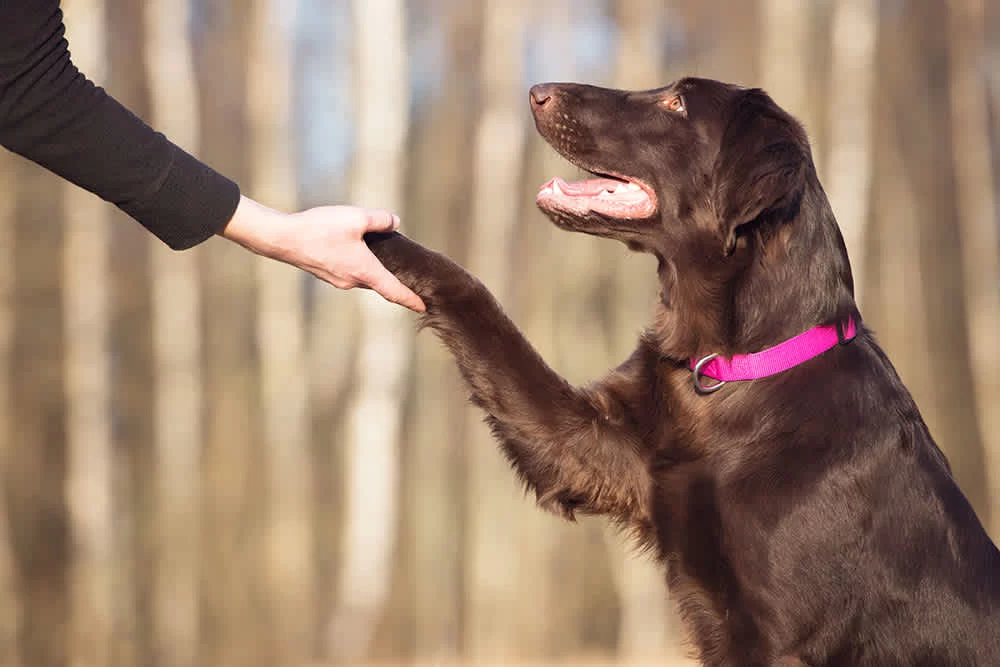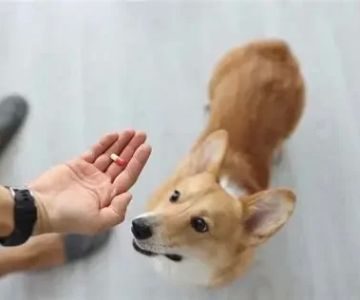Training Your Dog for Obedience: The Ultimate Guide
As a dog owner, one of the most rewarding experiences is seeing your furry companion follow commands and behave properly. However, training your dog for obedience can sometimes feel like a daunting task. I know this firsthand, as when I first brought my dog home, I was overwhelmed by the responsibility of training. But, through patience, consistency, and a few tried-and-true methods, I learned the best ways to train a dog to be obedient. In this article, I’ll share the techniques that worked for me, and I’m confident they can work for you too.
1. Start Early: The Power of Puppy Obedience Training
If you have a young puppy, you're in luck. Early training is one of the best things you can do for your dog's future behavior. Puppies are like sponges, soaking up information faster than you can imagine. The key to successful puppy training is consistency. Start with basic commands like "sit," "stay," and "come." I remember how my dog quickly learned to sit by using treats and positive reinforcement. We would practice for just a few minutes each day, and soon, she was sitting on command with ease.

286 Wilmington West Chester Pike, Chadds Ford, PA 19317, USA
See Details2. Positive Reinforcement: Why Rewards Work Wonders
Positive reinforcement is one of the most effective techniques in dog training. Whenever your dog performs a desired behavior, reward them immediately. This could be a treat, praise, or even a favorite toy. When I first taught my dog to lie down, I used a small piece of chicken as a reward each time she successfully followed the command. The reward was a powerful motivator that made her excited to learn more. The great thing about positive reinforcement is that it helps to build a strong bond between you and your dog, as they start to associate you with positive experiences.
3. Be Consistent: Set Clear Expectations
One of the biggest mistakes new dog owners make is being inconsistent. Dogs thrive on routine and clear expectations. If you allow certain behaviors one day and reprimand them the next, it can confuse your dog and hinder the training process. For example, when teaching your dog not to jump on guests, be consistent in stopping the behavior every time. I remember when my dog used to jump on people at the door, but after a few weeks of firm and consistent training, she learned to wait calmly at the door for attention.
4. Keep Training Sessions Short and Engaging
Dogs have short attention spans, especially when they're young. It’s important to keep training sessions brief, around 5 to 10 minutes each. I’ve found that my dog learns best when we focus on just one or two commands per session. If I try to cover too much, she gets distracted and frustrated. Keeping the training fun and engaging also helps. Use toys, games, and treats to make the experience enjoyable for your dog. One of my favorite tricks was using a ball to get my dog to stay and then rewarding her with the ball as soon as she followed the command.
5. Socialization: Exposing Your Dog to New Experiences
Socializing your dog is a crucial part of obedience training. A well-socialized dog is more confident, less anxious, and better behaved in various situations. It’s important to introduce your dog to new people, places, and other dogs from a young age. I took my dog to the park regularly so she could interact with other dogs and people. The more experiences your dog has, the better they’ll handle new situations and remain calm when faced with challenges.
6. Troubleshooting Common Behavioral Issues
Every dog is unique, and sometimes you may encounter specific behavioral challenges during the training process. Whether it’s excessive barking, chewing, or pulling on the leash, there are solutions. For instance, when my dog used to bark excessively at the doorbell, I worked on redirecting her attention with a toy or a treat as soon as she heard the doorbell ring. This distraction technique helped her associate the doorbell with something positive, and over time, the barking decreased. Each issue will require its own approach, but with patience and consistency, most behavioral problems can be resolved.
7. Patience and Persistence: The Key to Long-Term Success
Training your dog for obedience is not an overnight process. It takes time, patience, and persistence. There were days when I felt like my dog wasn’t progressing, but I reminded myself that each small step forward was progress. Keep working with your dog, stay patient, and celebrate the victories along the way. Even on the tough days, remember that you're shaping your dog into a well-behaved, confident companion.
8. The Importance of Professional Help
Sometimes, no matter how much effort we put into training, we may encounter challenges that require professional assistance. Hiring a professional dog trainer can make a huge difference, especially if your dog has specific behavioral issues that are difficult to address on your own. I sought professional help when my dog showed signs of separation anxiety, and the trainer’s guidance helped us both feel more comfortable and confident in our training efforts. Don’t hesitate to reach out for expert advice if needed.
Final Thoughts
Training your dog for obedience is a journey that requires dedication, consistency, and a little bit of creativity. The rewards, however, are immeasurable. Not only will you have a well-behaved dog, but you’ll also deepen the bond between you and your furry friend. Remember, every dog learns at their own pace, so be patient with them—and with yourself. By following these proven techniques, you’ll see the positive changes in your dog’s behavior and enjoy a more harmonious life together.











